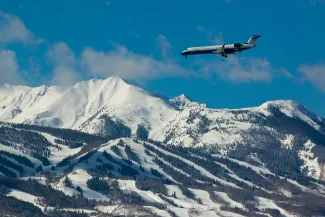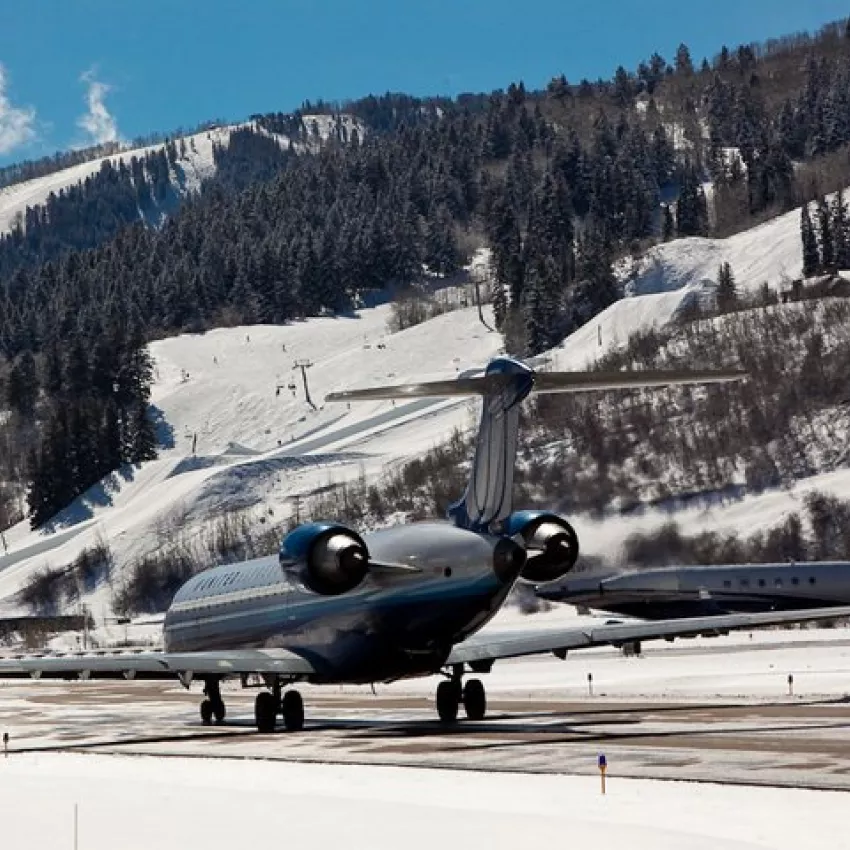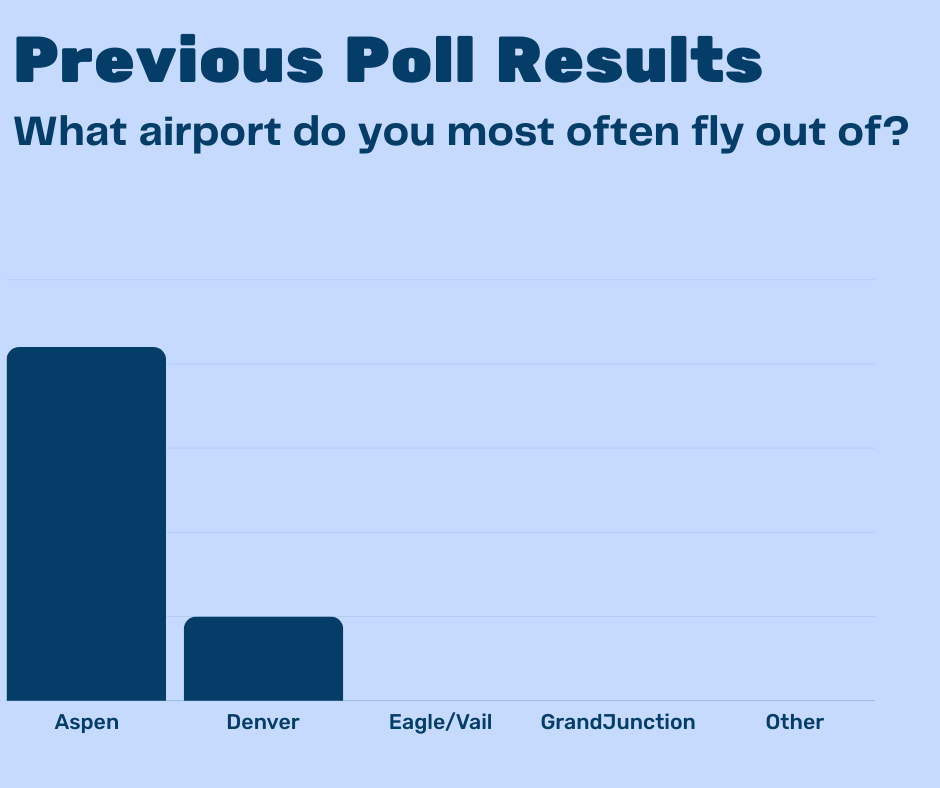In August of 2024, ACRA invited all members and their employees to join in listening sessions with their board representatives to learn more about the status of ASE and the proposed ballot measures. The below questions were collected during these sessions and the answers are below.
ACRA Listening Sessions: Aspen/Pitkin County Airport Questions & Answers:
Can you explain the physical changes and funding for the proposed airport changes?
The runway would shift 80 feet to the west to meet FAA design standards and remove existing waivers. This would allow for a wider runway, but not a longer one. The FAA typically funds 90% of airport infrastructure projects.
How does the runway shift improve safety?
The increased separation between the runway and taxiway improves overall safety by adhering to FAA design standards. Newer, larger aircraft also have safety benefits like better avionics and quieter engines.
What are the misconceptions about allowing larger aircraft at the airport?
Larger commercial aircraft are often quieter and more efficient than smaller planes. There are misconceptions that it will lead to more private jets or significantly more passengers, which is unlikely.
How will the FAA funding be impacted by the runway project?
The FAA has said they will withhold funding for runway maintenance until the shift is completed, putting financial pressure on the airport to fund the necessary repairs on their own.
What happens if the runway is not realigned and the FAA pulls grant funding?
without the runway realignment, the airport would have to fund costly, recurring runway repairs on its own, as the FAA would no longer provide grant funding. This could divert funds from other airport improvement projects.
What are the implications if the citizens' initiative passes, limiting the county's authority over the airport?
This could lead the FAA to withdraw the airport's modification of standards, forcing the airport to revert to a more restrictive 79-foot wingspan limit. This could result in lawsuits from airlines and private operators, and significantly impact airport operations and capacity.
Is the Embraer E175 aircraft a viable solution that negates the need for runway realignment?
while the E175 fits the current 95-foot wingspan restriction, the FAA is requiring the runway to be realigned to modern safety standards, regardless of the specific aircraft. The E175 does not solve the underlying need to reconstruct the runway.
What are the potential consequences if the FAA removes the current modification of standards that allows the airport to operate with a 95-foot wingspan restriction?
The FAA could revert the airport to a lower classification, preventing the larger E175 aircraft from flying in, or require the airport to "sterilize" the taxiway, significantly reducing operations.
What are the potential impacts if the two ballot measures both pass, but have conflicting provisions?
It's unclear, as it could lead to a legal dispute and potential federal preemption issues with FAA grant assurances.
Can the runway construction be phased to maintain two lanes of traffic during the 8-month closure?
The extensive structural work likely prevents phasing, and a full 8-month closure is expected.
What aircraft size changes are planned for the future at Aspen Airport?
United's plans to replace the CRJ-700 with the quieter, more efficient Embraer E175, maintaining the same 70-seat capacity.
Is there an idea for when the airport will be closed?
The quickest possible timeline would be a shutdown from April 1 to Halloween 2026 for the runway shift reconstruction. There may also be a months-long shutdown in Spring 2025 due to deteriorating pavement conditions that require repairs.
What mitigation for passengers, such as flights to Eagle and planned transit services back and forth to Aspen, are contemplated?
For the spring 2025 shutdown, they are looking into options like shuttle services from Eagle County Airport, but details are still being worked out. For the 2026 extended shutdown, there is potential to keep the terminal open so passengers can go through security and take shuttles to other airports like Eagle and DIA.
Is there coordination planned with potential terminal work?
They would like to coordinate terminal work with the runway reconstruction, but the timing may be challenging as terminal design takes longer. The FAA has funding available for terminal projects, but they want to see progress on the runway shift before approving that funding. The terminal reconstruction grants could assist in up to 90% of the funding for the project instead of the standard 10%, but the grant applications close in August 2025.
What is the potential impact on the airport if the runway improvements do not go through and the current runway continues to deteriorate?
The airport could face extended shutdowns, potentially lasting 1-2 months, if major structural issues arise and the runway can no longer be maintained.
How does the FAA's stance on discrimination and access control limit the ability to restrict private air traffic at the airport?
Dan explained that the FAA prohibits discrimination based on aircraft classification, so the airport cannot limit private flights without also limiting commercial flights.
What are the types of aircraft that could potentially operate at the airport if the runway improvements are made? Modern aircraft like the Embraer E175 are expected and there is potential for the Airbus A319, but larger 737-type aircraft would still not be able to operate at the airport.



